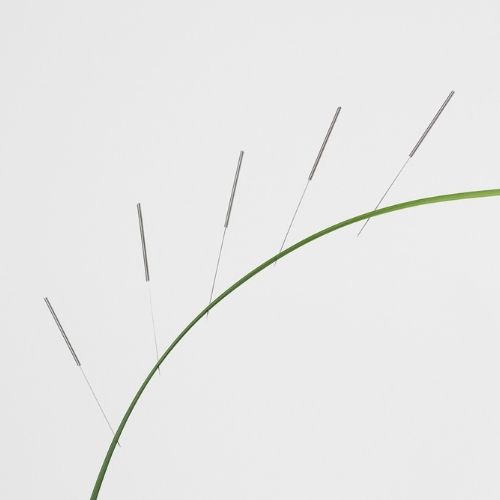A Case Study Using Tongue Diagnosis for a 41-Year-Old Female With Anxiety
This is a case study of a patient that came in with a chief complaint of anxiety. She was consistently worried and cried very easily. Other symptoms were insomnia and a poor memory. She also complained of always being tired. As I observed her tongue, it appeared small and pale with cracks in the center as well as scallops on the side of the tongue.Her diagnosis in Chinese Medicine was anxiety due to heart blood and spleen qi deficiency. The first thing to notice in this case was the size of the tongue, which was small. This indicated there was not enough blood to fill the tongue. Supportive evidence of blood insufficiency was also seen in the central cracks of the tongue. The paleness of the tongue indicated both a blood and energy deficiency. The scallops indicated extra fluids in the body due to a weak digestive system, which is due to a spleen qi deficiency.
The physiology behind her tongue diagnosis was her spleen, which is one of the main organs in the digestive system. Because the spleen is one of the main organs that nourish energy, fatigue appears when it is weak. When the spleen is deficient it cannot properly produce sufficient blood to the heart and therefore, when the heart is not properly nourished anxiety and insomnia are present. Using my diagnosis I treated her with acupuncture and an herbal prescription called Gui Pi Tang as well as gave her some dietary recommendations to follow.
The outcome was that she felt more willpower and was not constantly worried all the time. She felt more centered and she had a dramatic increase in energy. As a result, her tongue body began to change. It became more pink and enlarged. Her skin tone was not as pale and she had a better overall complexion. This is an example of how tongue diagnosis reflects the overall health of the body and can be used as a diagnostic tool when treating a patient.













